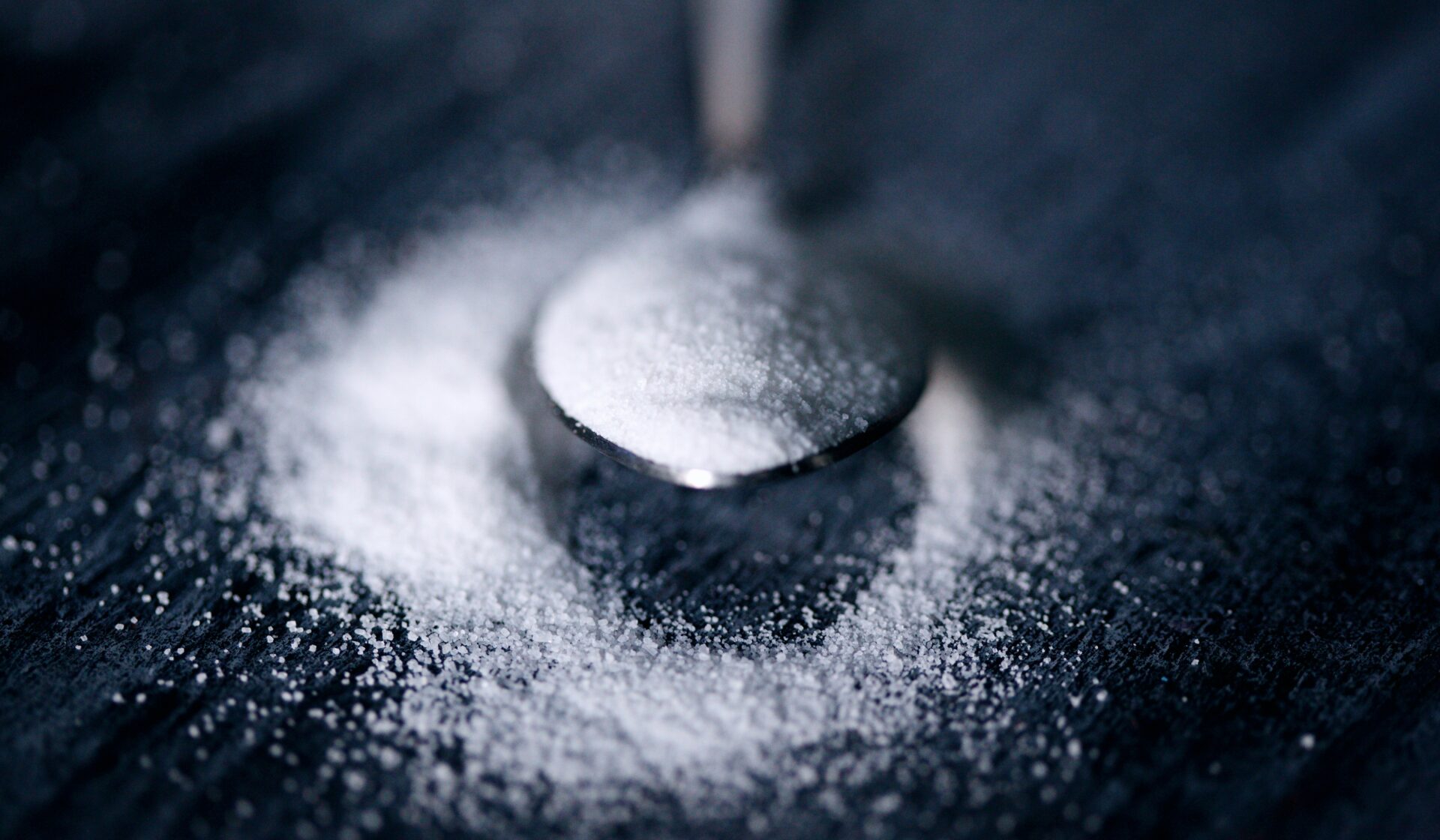Rising temperatures are fuelling droughts and other extreme weather events that affect crop yields across the globe. This is having a major impact on of one of the biggest commodities in the world.
For many, climate change remains a distant threat. Though the crisis dominates our news feeds, an alarming number of people continue to turn a blind eye to the havoc it’s wreaking on our planet.
A recent revelation that global heating is bringing about a sugar shortage and consequently driving up the cost of it may wake up this cohort to the severity of the situation, however.
That’s if existing knowledge of the significantly negative impacts of the ecological emergency on coffee and beer hasn’t already.
According to new data, the cost of this major commodity has surged to its highest level in more than two decades, following concerns of underproduction rates from India, where an extreme dry spell has affected crop yields, and Thailand, which is currently facing a severe drought country-wide.
After Brazil, these regions are the largest exporters of sugar on Earth, and fears that they’re unable to meet demand have already begun triggering price hikes of by-products like chocolate, sweets, and other desserts worldwide.
‘Extreme weather is affecting food – a year ago it was avocados, now it’s sugar,’ says Gernot Wagner, a climate economist at Columbia University business school. ‘Climate-flation is a thing and it’s getting worse.’
What’s worrying is that during the first wave of food inflation in 2022, sugar emerged relatively unscathed in comparison to several key commodities such as wheat, vegetable oil, and dairy.
The situation today differs greatly, however, with the US Department of Agriculture reporting that US consumers saw prices for sugar rise by 8.9 per cent in 2023 and that a 5.6 per cent increase is expected this year, which is well above historical averages.




















